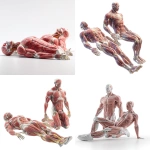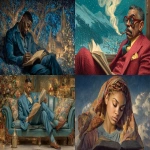Explore the Best AI Image Gallery
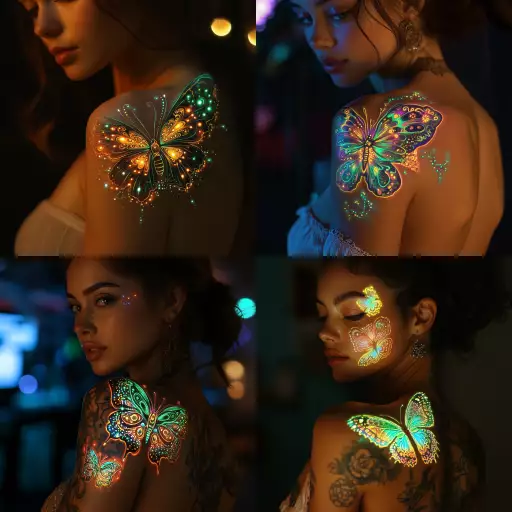
Pixels on Skin: Exploring the Impact of AI-Generated Images in Art
The realm of art has always been a canvas for innovation, constantly evolving with new tools and technologies. Today, we stand at the precipice of another revolution – one driven by artificial intelligence (AI). AI-generated images, born from complex algorithms and vast datasets, are no longer a futuristic fantasy but a tangible reality, poised to reshape the creative landscape.
From generating stunningly realistic landscapes to crafting imaginative surrealist pieces, AI art tools are empowering artists with unprecedented capabilities. But this burgeoning field also raises profound questions about creativity, authorship, and the very definition of art itself.
A New Palette for Artists
One of the most compelling aspects of AI-generated images is their ability to expand artistic possibilities. Artists can now collaborate with AI, using it as a tool to explore new ideas, overcome creative blocks, and push the boundaries of their imagination. Imagine an artist sketching a concept, then using an AI tool to instantly generate variations, exploring different styles, compositions, or color palettes.
- Concept Exploration: Artists can leverage AI to rapidly generate multiple iterations of a concept, visualizing ideas in different forms and styles before committing to a final direction.
- Style Transfer: Transforming an existing image into the style of a renowned artist, such as Van Gogh or Picasso, has become increasingly accessible with AI.
- Surrealism and Abstraction: AI can generate entirely new visual concepts, often blurring the lines between reality and imagination, leading to captivatingly surreal and abstract artworks.
Beyond Artistic Expression
The impact of AI-generated images extends far beyond the realm of fine art. Industries such as advertising, fashion, gaming, and even architecture are exploring the potential of this technology:
- Advertising and Marketing: Creating unique visuals for campaigns, generating personalized content, and enhancing interactive experiences.
- Fashion Design: Developing innovative textile patterns, visualizing clothing designs, and creating virtual fashion shows.
- Gaming and Entertainment: Generating realistic in-game environments, creating dynamic character models, and developing immersive storytelling experiences.
Ethical Considerations and the Future
As with any powerful technology, AI-generated images raise ethical considerations that must be addressed thoughtfully:
- Authorship and Ownership: Who owns the copyright to an artwork created by an AI? The programmer, the user who provided the input, or the AI itself?
- Bias and Representation: AI algorithms are trained on existing data, which can perpetuate societal biases. Its crucial to ensure that AI-generated images are inclusive and representative of diverse perspectives.
- **Misinformation and Deepfakes:** The ability to create highly realistic images raises concerns about the potential for misuse, such as generating fake news or creating convincing deepfakes.
Looking ahead, the future of AI-generated images is brimming with possibilities. As algorithms become more sophisticated and accessible, we can expect to see even greater integration of this technology into various aspects of our lives. Its essential that artists, developers, policymakers, and the public engage in ongoing dialogue to ensure that AI art is used responsibly, ethically, and for the betterment of society.
Conclusion
AI-generated images are not just a novelty; they represent a fundamental shift in the creative landscape. By embracing this technology while addressing its ethical challenges, we can unlock new avenues for artistic expression, innovation, and human connection. The pixels on our screens are evolving, and the canvas of creativity is expanding in ways weve only begun to imagine.
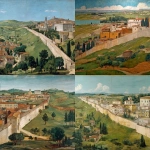


](https://images.ai-img.art/thumbnails/150/bb1853a5562dac6ce4147930b6ae244bde3d0b3ac0b5e7d7f8260ba3ee1c9fd0.webp)

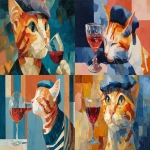

](https://images.ai-img.art/thumbnails/150/b897827a7c0272a0b1622535fad757a51cc9ef2b6a6b818f379c915bd371410f.webp)
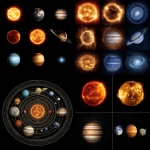
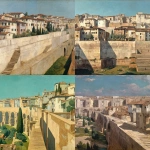
](https://images.ai-img.art/thumbnails/150/a64ac05292d4851d815b82372018deffa0fc1470d95166b9135847a86f342f27.webp)
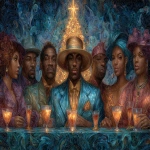


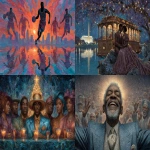
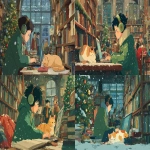

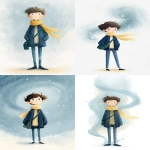
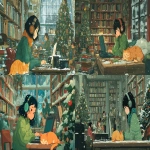
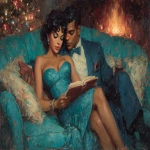

](https://images.ai-img.art/thumbnails/150/55169272518a8117115ceda114880b508b4a5360f78be1552edff0885f41865d.webp)

](https://images.ai-img.art/thumbnails/150/81d434c2a328068dd547c0484ec4bbd97d586706f0fd69d8211261f5efd2469f.webp)
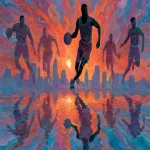

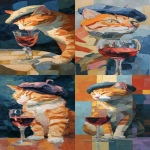
](https://images.ai-img.art/thumbnails/150/6ffdbc0b6dc15dea192ca9cbda465109ecddf62e9ec778093efccc3f14882875.webp)
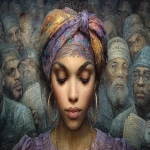
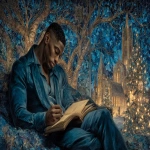

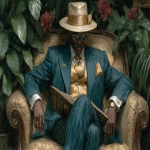


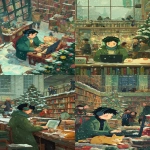

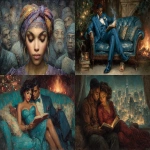

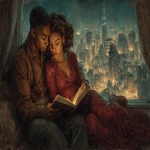
](https://images.ai-img.art/thumbnails/150/21ff805a298f4e4e7760586889f0c1501ab8b345912561e1bc22f6404ea55654.webp)
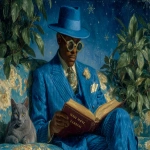
](https://images.ai-img.art/thumbnails/150/260677129d2c46fe9bdcbbff4144d405cfa8008820dee8a07e3068200c571192.webp)
](https://images.ai-img.art/thumbnails/150/5bb53813525a01ea6eece43958b78c6246b8f519a6f0b403f1917a9b4b415669.webp)

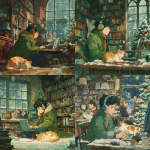
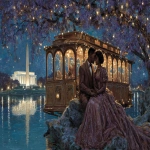
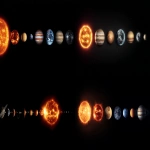
](https://images.ai-img.art/thumbnails/150/cb274e1995141236d440406817470b4f500ada40f30d959043c7479ad57816c5.webp)
